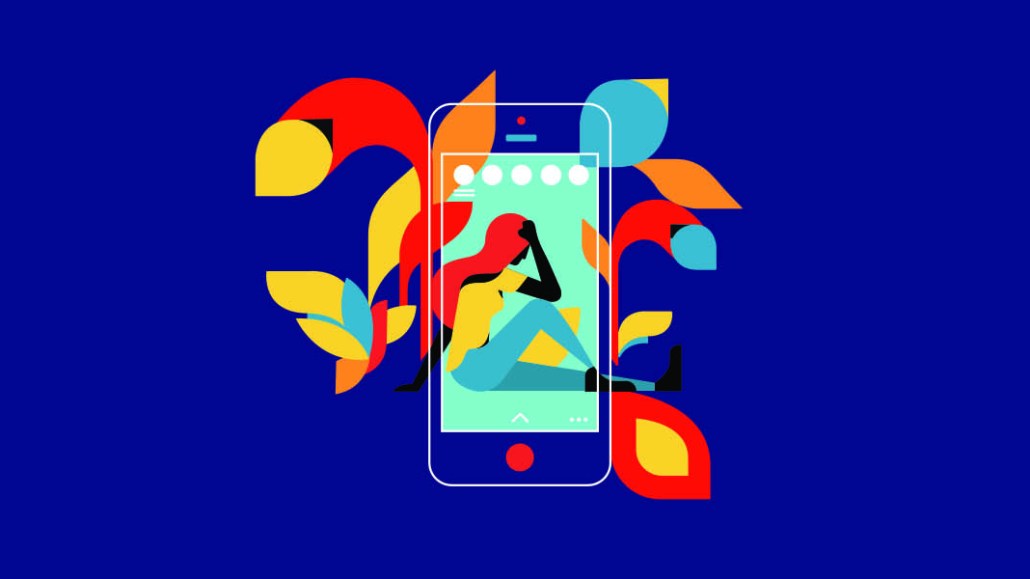Production problems are leading marketers to try crowdsourcing marketing again

Crowdsourced campaigns, long a dwindling tactic in the marketing world, are experiencing a (perhaps fleeting) return to prominence.
With expensive, high-end campaigns impossible to shoot and likely to rankle with anxious, housebound people on stretched incomes, companies are turning to their consumers for content to mitigate those risks. Not only are crowdsourced campaigns inexpensive to produce, but they’re also a crutch for those companies that want to continue marketing in a way that’s not perceived as callous or ignorant. After all, it’s harder for people to criticize a campaign built on human stories.
“User-generated content gives advertisers a proxy with which to continue marketing without looking bad,” said Rebecca Winch, group head of creative and production at Miroma’s global communications agency Way to Blue. “Marketers feel they can’t pretend the coronavirus isn’t happening and carry on as normal so they decide to use their fans to help solve the issue.”
Converse’s marketers are asking fans of the brand to create content from their home to be used on its social channels, while those at the Getty Museum are asking their followers to recreate works of art. Meanwhile, Unilever’s PG Tips tea company wants people to share instances where they’ve had a virtual cup of tea with those who may need a bit of extra company during the lockdown, while The England and Wales Cricket Board is crowdsourcing content from cricketers keeping themselves occupied at home. In the U.K., Commercial broadcaster ITV is using the messages of support viewers post to its social media profiles in ads that are shown daily as a way to keep spirits high across the region.
“Generally sentiment around user-generated content and influencers is over 90% positive as people either know them or feel like they do, which also makes it harder for people to criticize the content given it’s personal,” said Abigail Morrish, head of content and partnerships at marketing agency Wake the Bear.
Advertisers like Converse pounced on the crowdsourcing craze when social media was in its infancy over a decade ago. Back then social networks weren’t the pay-to-play ad businesses they are today and success was solely defined by how viral a campaign went. Crowdsourcing became a way to get mass reach at a minimal cost. But once advertisers had to pay for their reach, crowdsourced campaigns weren’t as effective and came to be viewed as backdoor cost savings with fancy marketing gloss in some circles.
Those concerns haven’t gone away, but they have been pushed to one side.
“As a brand, we feel it’s our responsibility to understand the needs and wants of our community so that we can show up in a way that adds value to their lives,” said Converse CMO Jesse Stollak.
At a time when key parts of Converse’s media plans aren’t in play like in-store and experiential, the crowdsourced campaign has become a key way for it to drive awareness without a specific goal given launches and sports events are on pause.
While the resurgence of crowdsourced marketing is in part driven companies wanting to support consumers in these challenging times, it’s also an opportunity for businesses to portray themselves as socially conscious in the hope that doing so keeps them front and center of people’s minds when the world eventually returns to normal.
“At the moment it suits advertisers to use UGC but it’s not about using it in and of itself because it’s just a practical methodology for getting people to talk to them under the circumstances,” said Moz Dee, co-founder of digital agency Contented.
And yet crowdsourced marketing’s short-lived return could be even shorter.
With so many advertisers already using UGC in their ads, it’s going to be harder for campaigns to stand out and easier for them to be mistaken for others. This issue is compounded by the fact that these campaigns tend to be online only and so the chance of people seeing them is reduced.
While marketers know that UGC won’t serve their core needs during the pandemic, there’s a chance that this low-cost marketing tool could inform how they work with tighter budgets in the future. Many businesses will have to adjust their marketing spend to be in line with the millions of dollars in lost revenue during the pandemic. TV campaigns could be noticeably cheaper to produce if either UGC or influencers are used, for example.
“The time for digital talent just being on digital platforms is going when it comes to brands appearing on platforms like TV,” said Philip Hughes, chief operating officer at Gleam Futures. “We’re talking to clients about how we can get our influencer talent to produce TV and other ad for clients.
More in Media

What publishers are wishing for this holiday season: End AI scraping and determine AI-powered audience value
Publishers want a fair, structured, regulated AI environment and they also want to define what the next decade of audience metrics looks like.

Media giant Essence launches a marketplace for Black women-led brands
Essence has launched WeLoveUs.shop, a new online marketplace dedicated to Black women-led brands.

In Graphic Detail: The state of AI referral traffic in 2025
The stats reveal a new audience pipeline forming outside of traditional search and social platforms.








